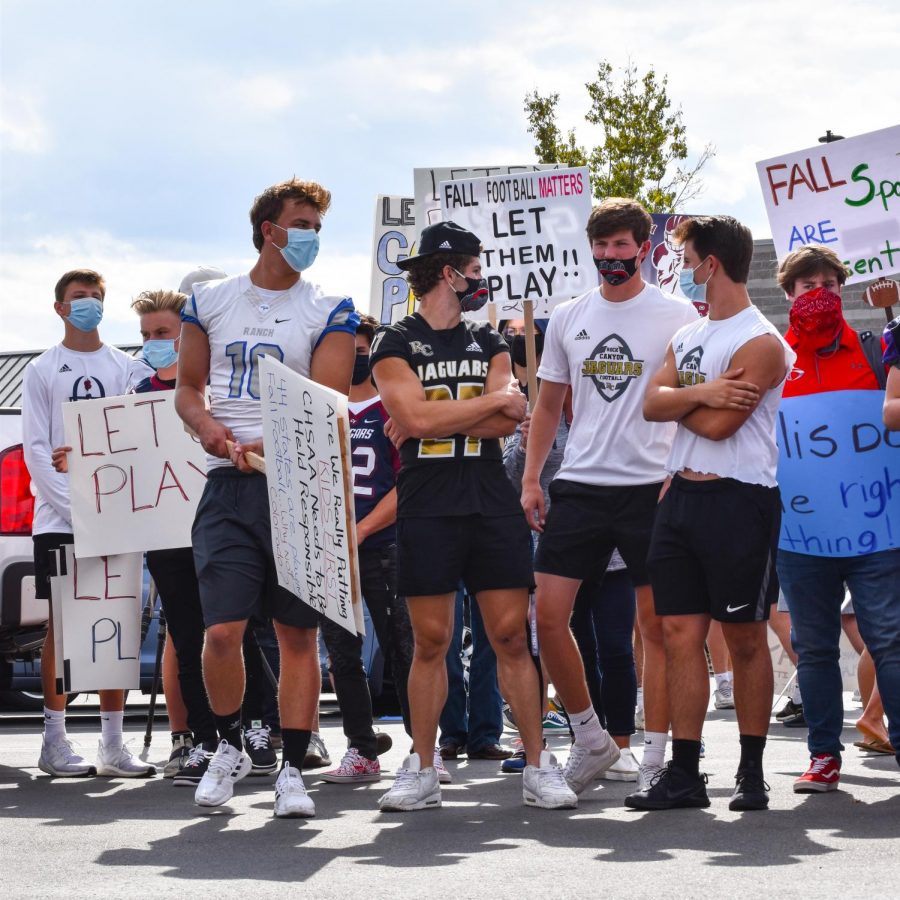A Student’s Guide to Their First Amendment Rights
A series is dedicated to informing the readers of their God -given rights, starting with this one, the First Amendment.
media by Amanda Brauchler
Surrounded by students from local high schools, seniors Vann Schield, Cole Dreyfus and Jack Emery pose in front of television crews covering the Let CO Play protest Sept. 11. The players left the protest after 20 minutes to go to a club football practice. “Since we’ve been able to adapt to go back to school, we should be able to adapt to play football again,” Emery said.
September 17, 2020
Note from the author: John Locke stated that all men have rights to life, liberty and property. This idea went on to be the foundation of the United States of America; enshrined in the founding documents. It is every citizen’s duty to know their rights, as if you don’t know them, how could you ever protect them? In 1777, John Adams wrote “You will never know how much it has cost my generation to preserve YOUR freedom. I hope you will make a good use of it.” Adams called upon us all to ensure that not only that we are free, but that our sons and daughters are as well.
Congress shall make no law respecting an establishment of religion, or prohibiting the free exercise thereof; or abridging the freedom of speech, or of the press; or the right of the people peaceably to assemble, and to petition the Government for a redress of grievances.
The First Amendment gives the rights of: Religion, Speech, the Press, Protest, and Petition. In the modern days, four of these five rights have come under heavy scrutiny in both public life and in Government; especially the courts.
“respecting an establishment of religion, or prohibiting the free exercise thereof;”
The Establishment Clause of the First Amendment protects any and all religions from the government. Religion cannot be mandated or regulated by the government. This clause has raised some questions on how expansive it is. In 1995, the courts were brought the case of Rosenberger v. Rector and Visitors of the University of Virginia to decide if funding of a religious publication equated it’s endorsement. The majority opinion stated that “It does not violate the Establishment Clause for a public university to grant access to its facilities on a religion-neutral basis to a wide spectrum of student groups.” Meaning, a public university can fund a religious print so long as it funded all other viewpoints equally. On the other hand, in 1989 the case of County of Allegheny v. American Civil Liberties Union, Greater Pittsburgh Chapter the Allegheny County Courthouse was displaying a Christan nativity scene. The majority opinion of the court stated “the Court finds that this location itself conveyed an “unmistakable message that [the county] supports and promotes the Christian praise to God that is the creche’s religious message.” Therefore violating the establishment clause because the display was considered an endorsement of religion.
The Free Exercise Clause protects everyone’s right to exercise their beliefs or lack thereof. One of the most recent and impactful cases in this regard was Masterpiece Cakeshop, Ltd. v. Colorado Civil Rights Commission. This case arose when the Masterpiece Cakeshop refused to make a cake for a same-sex wedding on religious grounds. This case established a legal precedent that protects the right to bring your religious practices into your business. The case of Church of Lukumi Babalu Aye, Inc. v. City of Hialeah came about when the City of Hialeah passed an ordinance banning animal sacrifice, a key part of the santeria religion. The case was based around the question of if the free exercise of religion protects such animal sacrifice. The majority opinions in both cases used the same language of: “The Constitution ‘commits government itself to religious tolerance, and upon even slight suspicion that proposals for state intervention stem from animosity to religion or distrust of its practices, all officials must pause to remember their own high duty to the Constitution and to the rights it secures.”
“or abridging the freedom of speech, or of the press;”
The freedoms of speech and the press often go hand-in-hand due to the similarity of these rights. Both ensure the protection of words but differ on the means–written and spoken. Over the 20th century, many important cases defined how far these rights reach. The first of these cases is Gitlow v. The People of New York. This case arose when Gitlow was arrested in 1919 for distributing a manifesto calling for the establishment of socialism through strikes and class action. This case provoked the question: “Is speech that advocates for a violent overthrow of the government protected?” The Supreme Court ruled: ”the freedom of speech and of the press which is secured by the Constitution, does not confer an absolute right to speak or publish, without responsibility, whatever one may choose, or an unrestricted and unbridled license that gives immunity for every possible use of language and prevents the punishment of those who abuse this freedom”stating the freedom of speech and of the press is not absolute. InTexas v. Johnson, Gregory Johnson was jailed and fined for burning the American flag in 1984. The question brought before the court was: “does the First Amendment protect the right to burn the United States flag?” The court ruled that even though burning the flag is a non-speech expression, it is protected. “although we have recognized that where ” `speech’ and `nonspeech’ elements are combined in the same course of conduct, a sufficiently important governmental interest in regulating the nonspeech element can justify incidental limitations on First Amendment freedoms,” O’Brien, supra, at 376, we have limited the applicability of O’Brien‘s relatively lenient standard to those cases in which “the governmental interest is unrelated to the suppression of free expression.”
Defamation, a statement that damages someone’s reputation, is not protected under the First Amendment. The two types of defamation are slander(spoken) and libel written.) There are four elements in proving defamation: 1)There must be a false statement portrayed as true. 2) There must be some sort of communication (or publication) of this false statement. 3) There must be fault amounting to at least negligence(carelessness). 4) There must be some sort of damages. The case New York Times Co. v. Sullivan tackles the level of fault required for defamation. “The state rule of law is not saved by its allowance of the defense of truth. A defense for erroneous statements honestly made is no less essential here than was the requirement of proof of guilty knowledge which, in Smith v. California, 361 U. S. 147, we held indispensable to a valid conviction of a bookseller for possessing obscene writings for sale.”
“or the right of the people peaceably to assemble”
Unlike the rights guaranteed by the first parts of the amendment, The final two rights are rather simple and have faced little court scrutiny. The two limiting factors on the right to assemble are as follows: 1) Neither riots nor unlawful assemblies are protected. 2) An unlawful assembly is simply if three or more people gather with a motive to disturb peace via unlawful activities. Riots are defined by Merriam-Webster as “a tumultuous disturbance of the public peace by three or more persons assembled together and acting with a common intent”.
“and to petition the Government for a redress of grievances.”
When petitioning the Government, official routes must be used, for example, petitions.whitehouse.gov., not sites such as Change.org. Once you create a petition, if 100,000 signatures are gathered within 30 days, the White House guarantees a response within 60 days. In the state of Colorado, Article V section 1 and election rule 15 both cover petitions on the state level. Citizens still use this right today. However, within the last 10 years, some less serious petitions have arisen, such as the 2012 petition to “Build the Deathstar”, to which the White House responded “The Administration does not support blowing up planets” Adding “Why would we spend countless taxpayer dollars on a Death Star with a fundamental flaw that can be exploited by a one-man starship?” finishing the response with “Remember, the Death Star’s power to destroy a planet, or even a whole star system, is insignificant next to the power of the Force.” (The full response can be found here: https://petitions.obamawhitehouse.archives.gov/response/isnt-petition-response-youre-looking/)
While the government is only obligated to respond to official petitions, sometimes they also respond to unofficial petitions like the Elijah McClain petition on change.org.

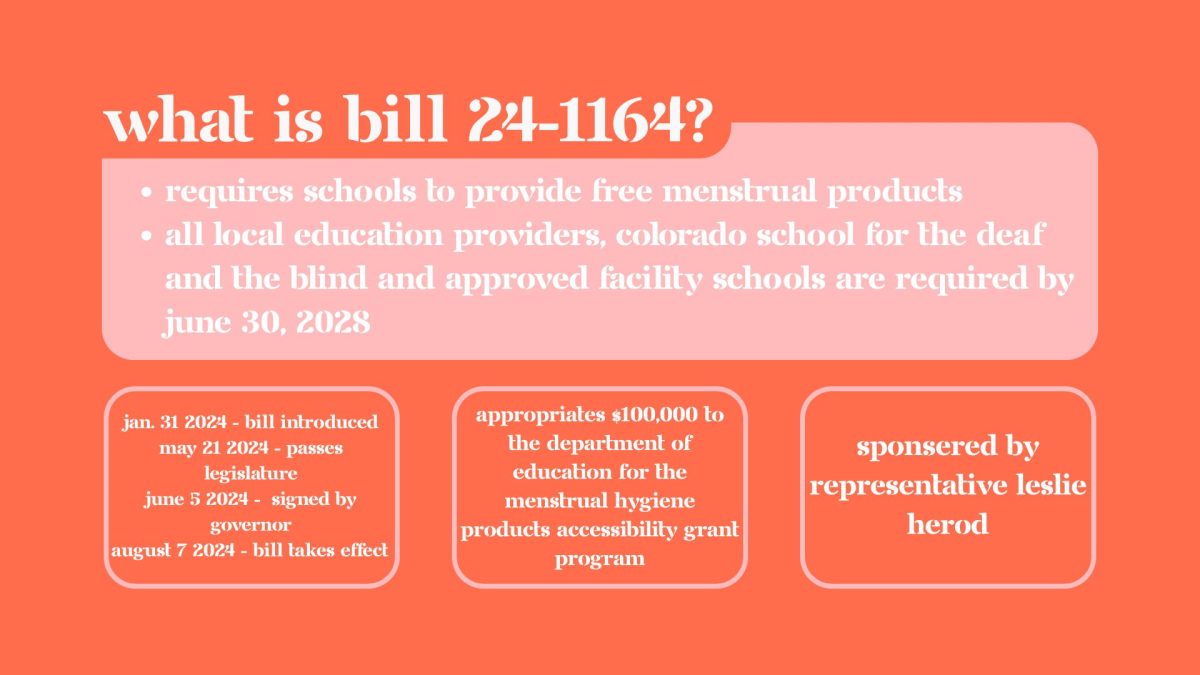

![Minutes before the Activities Fair in the gym, president Abhi Gowda ‘26 prepares the stall for his club Helping Hands, Sept. 4. A relatively new club, Helping Hands was co-started by Gowda and focuses on assisting the homeless, and just last year they succeeded in raising a couple hundred donations to send to shelters. This year, they have goals to expand, with hopes to increase volunteer opportunities and take in-person trips to shelters, as well as extend their help beyond just homeless people. “The Activities Fair gives a lot of underclassmen the opportunity to really get to know the Canyon culture, and it gives them many opportunities for service and volunteering,” Gowda said. “[Through the Activities Fair,] I hope to find a bunch of new and passionate members about our club and just get our name out there and spread awareness to the cause that we’re fighting for.”](https://rockmediaonline.org/wp-content/uploads/2025/09/1-2-1200x885.jpg)
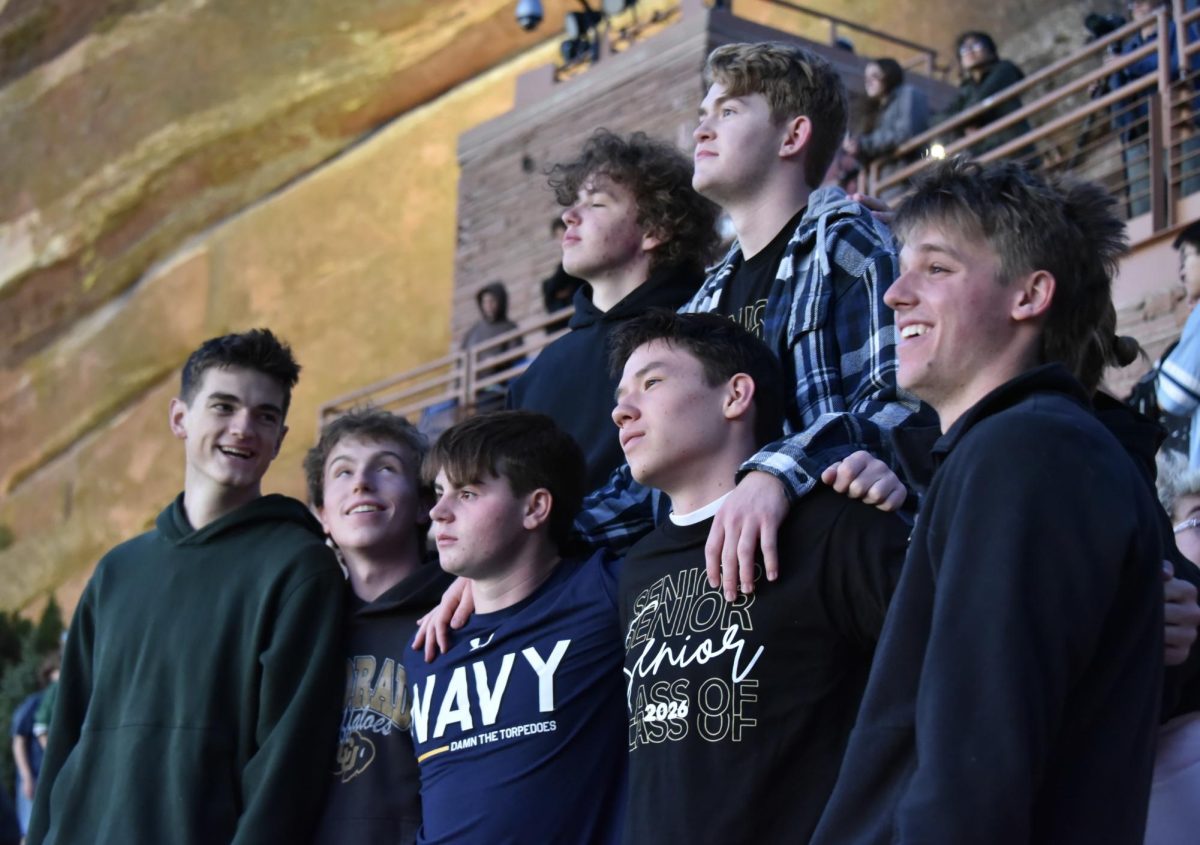


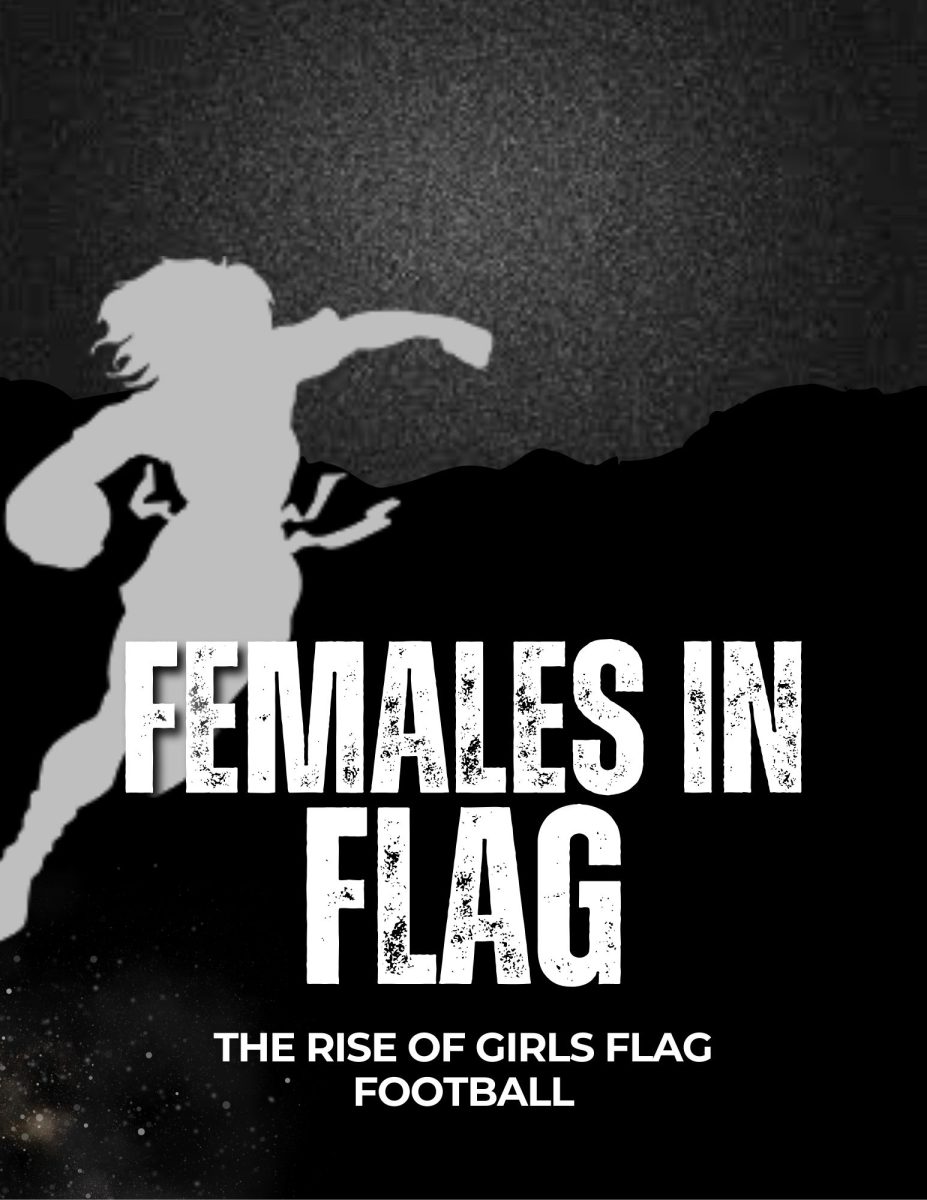
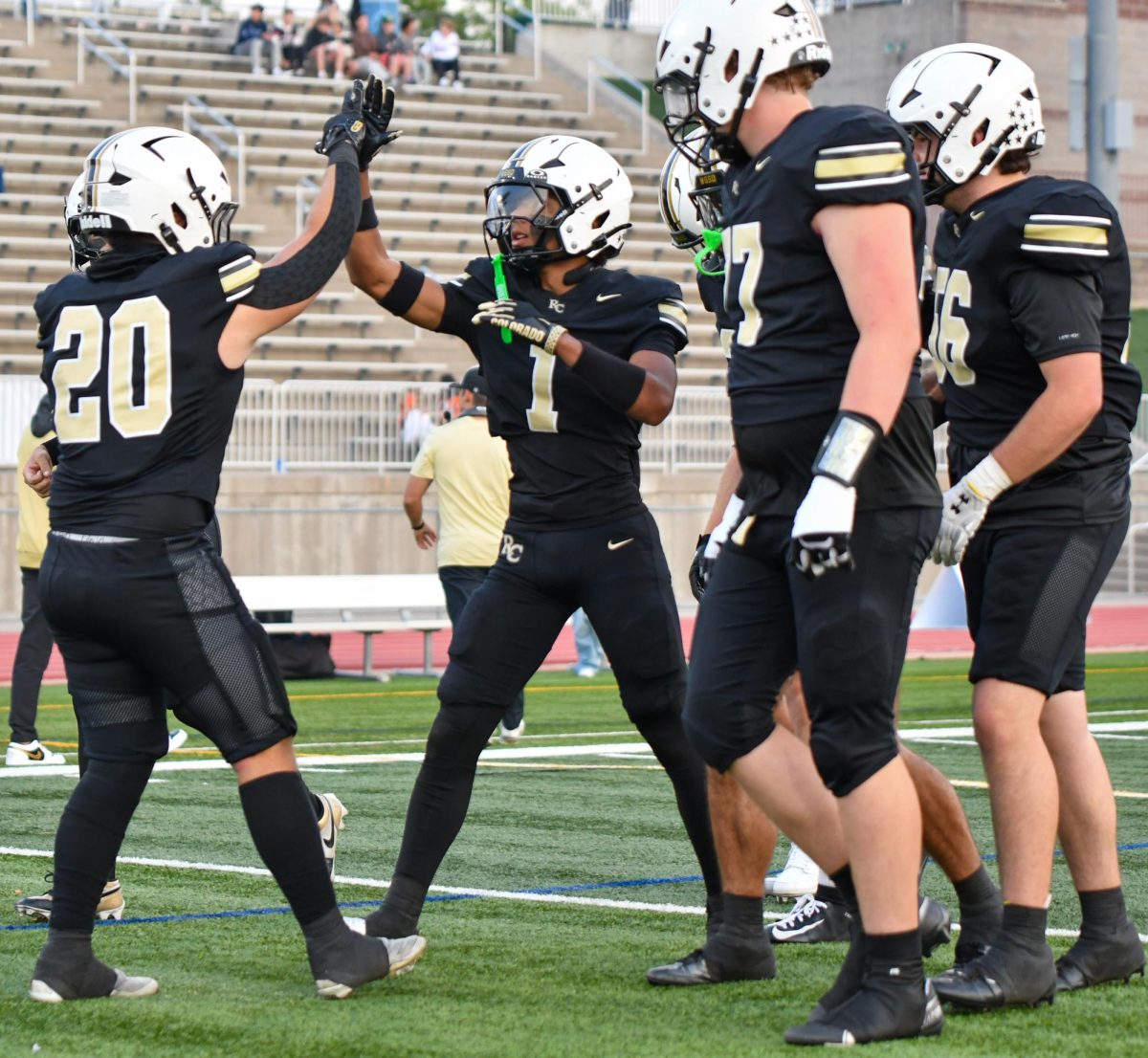


![The winter guard team makes fifth place at the state championship finals in the Denver Coliseum, March 30. The team performed to Barnes Country's “Glitter and Gold,” lead by coaches Margo Sanford, Blair Bickerton and Anna Orgren. In their class there were a total of nine groups participating, and the top five who made it to finals received a plaque. “[Walking onto the stage] is very nerve-wracking, but also very exciting as well. When you first start color guard there's a lot of anxiety and uncertainty when you first perform in front of an audience, but once you've done it for a while, it starts to become the best part of the season,” Ella West ‘25 said. “It's very fulfilling to see an audience react to something you've put your heart and soul into.”](https://rockmediaonline.org/wp-content/uploads/2025/04/Both-socal-media-nd-website-main-1-1200x846.jpg)
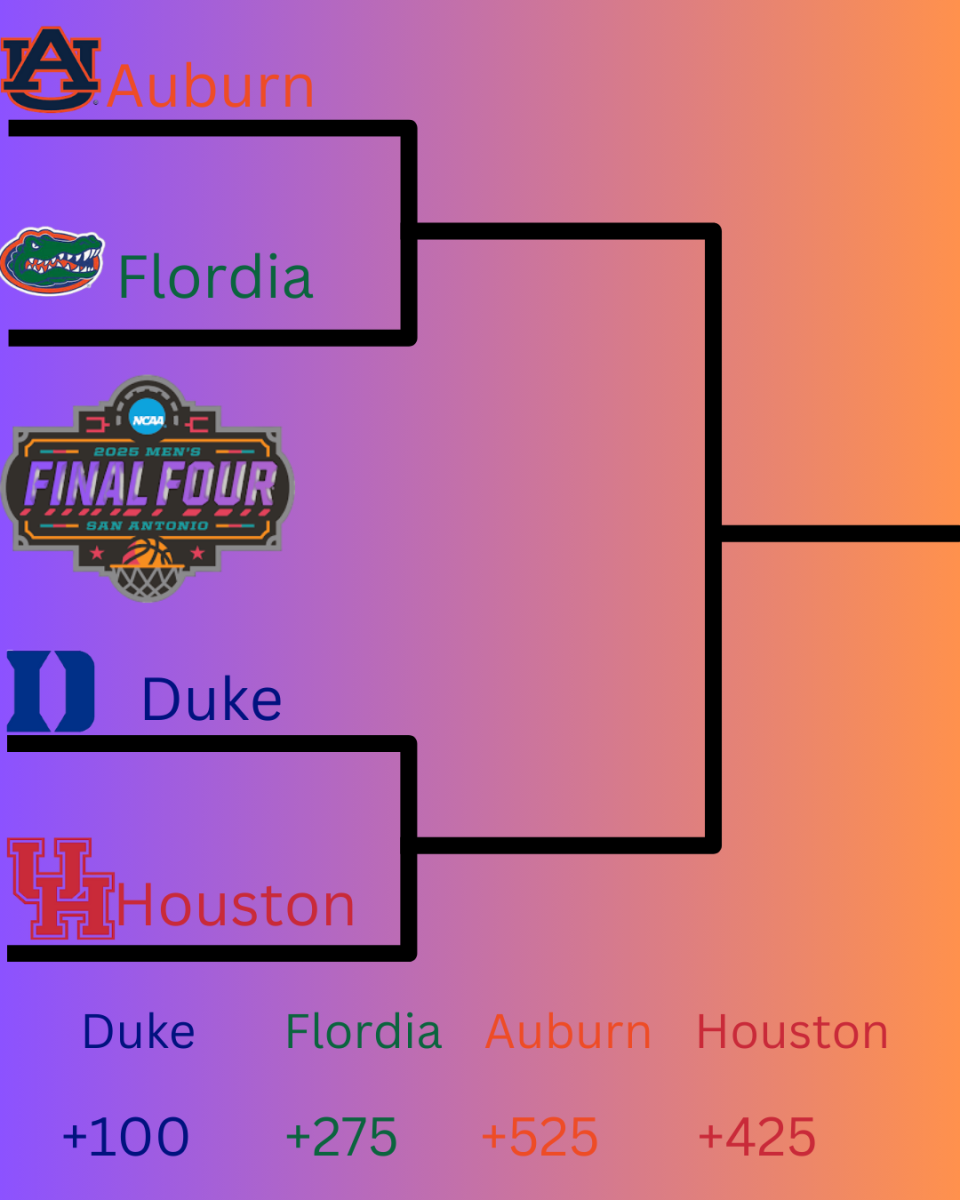

![April marks the 25th anniversary of Sexual Assault Awareness Month, created by the National Sexual Violence Resource Center (NSVRC). This month is to spread awareness of the harassment, assault and abuse that happens around the world. The symbol that represented the month was a teal ribbon; however, some survivors of assault create different symbols and movements like the TikTok trend in 2022, where survivors would tattoo Medusa on their body, in honor of her backstory in Greek Mythology. “I don't think [this month is known] at all. I rarely see anybody talk about it. I rarely see much of an emphasis on posting it online, or much discussion about it, and I feel like there needs to be way more discussion,” an anonymous source said. “I think just validating every experience that a person has gone through, regardless of the degree of it, the severity, is an essential step into making sure that people are aware that this is a very real problem in a society and that we need to do better in addressing it.”](https://rockmediaonline.org/wp-content/uploads/2025/04/IMG_0011-1200x900.jpg)




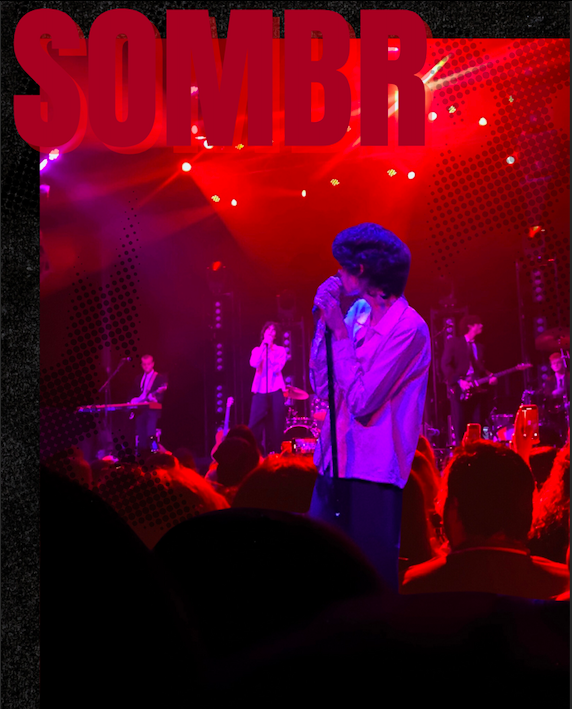







![Lesbian Visibility Day is April 26, and it’s a holiday to celebrate the lesbian community of the world. Lesbian Visibility day was established in 2008 by many queer activists and organizations who sought to raise more awareness for lesbian history and culture. “So this is why during Lesbian Visibility [Day] we celebrate and center all lesbians, both cis and trans, while also showing solidarity with all LGBTQ+ women and nonbinary people,” Linda Reily, in an article written by her, said.](https://rockmediaonline.org/wp-content/uploads/2025/04/Lesbian-Visibility-day.jpeg)






